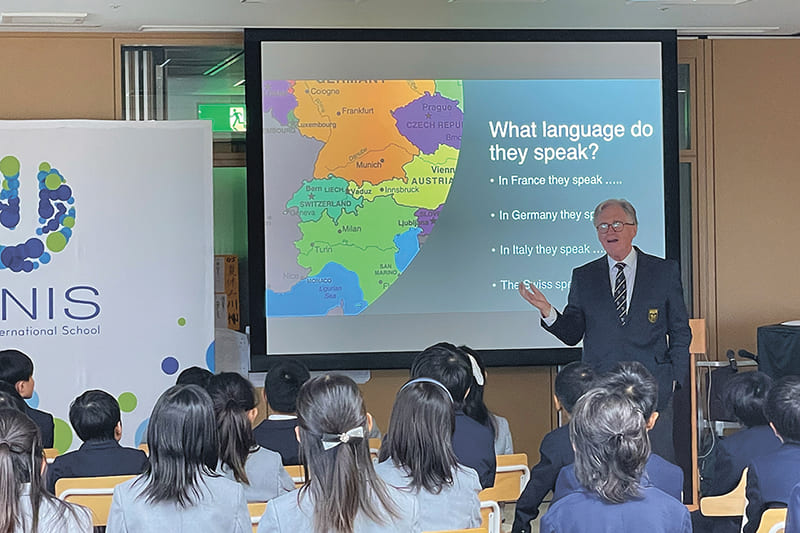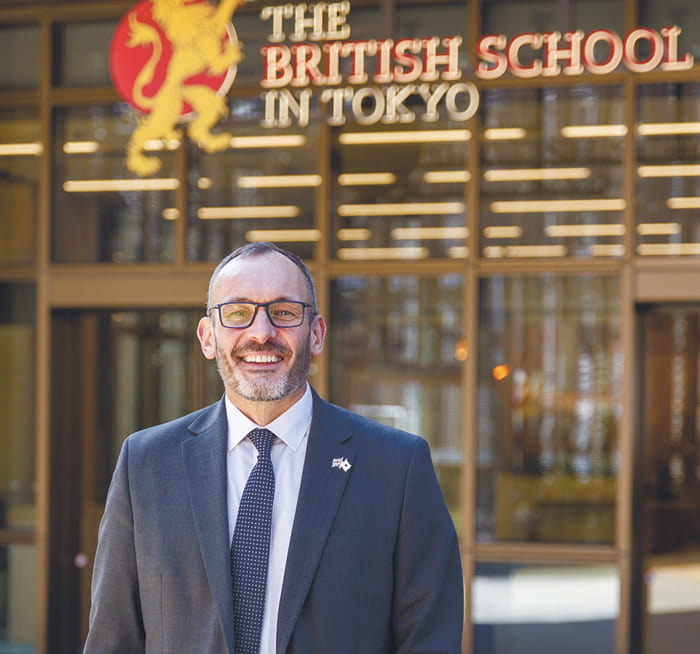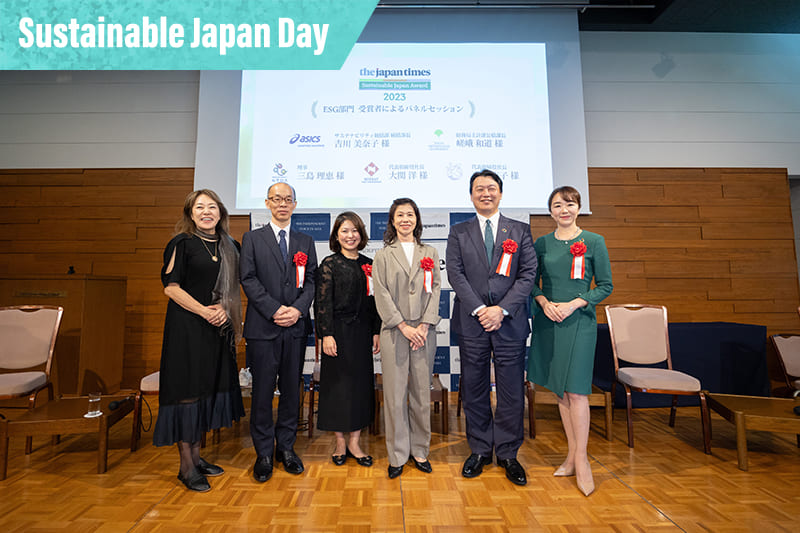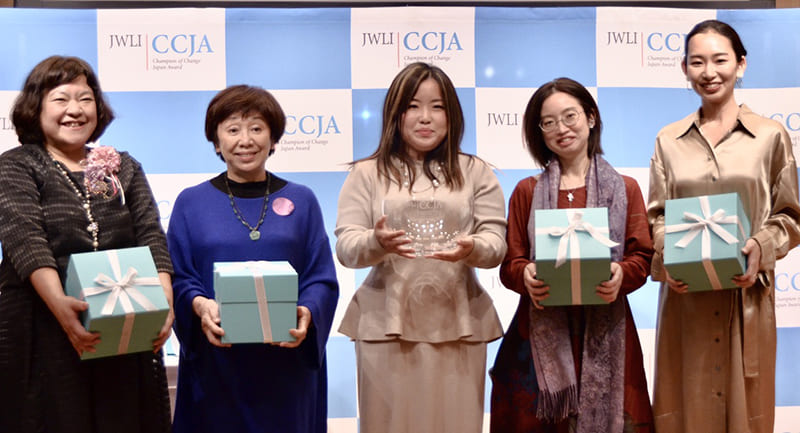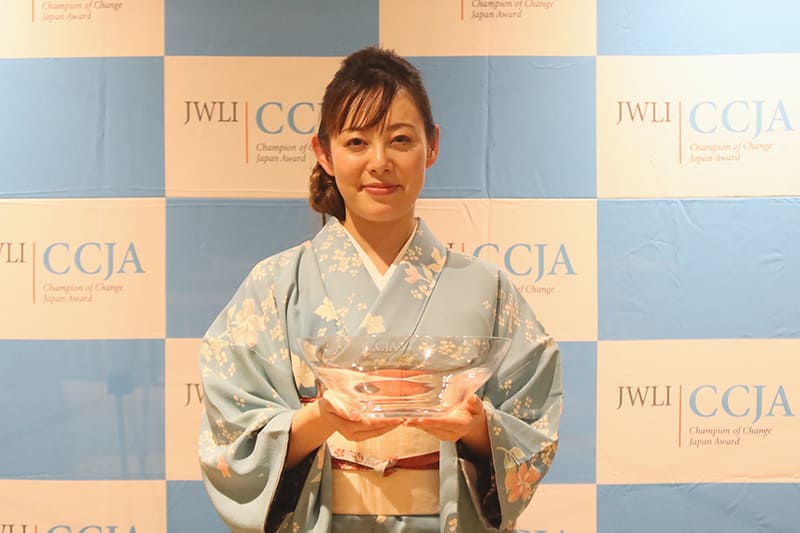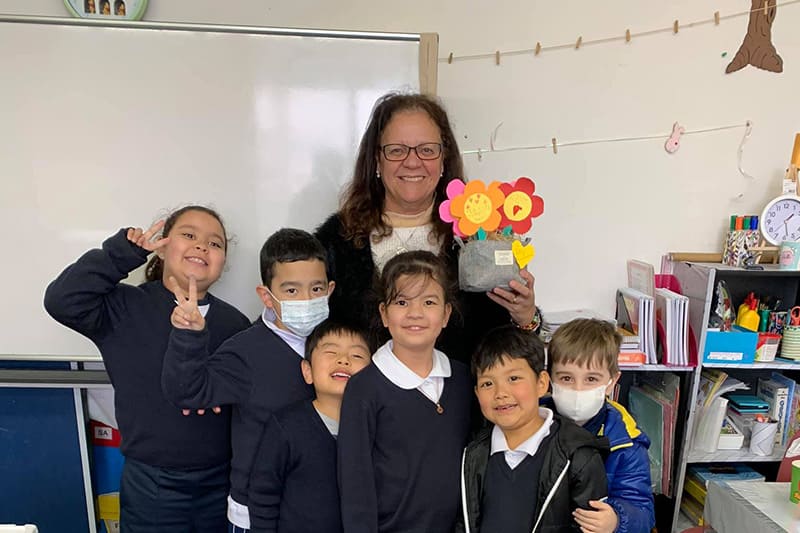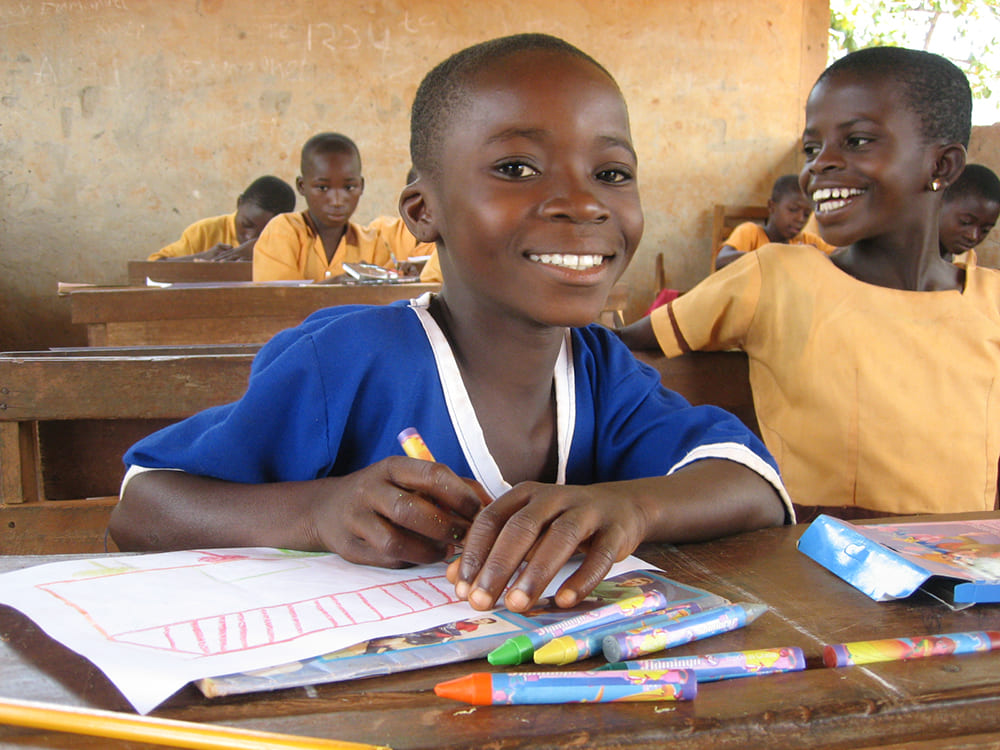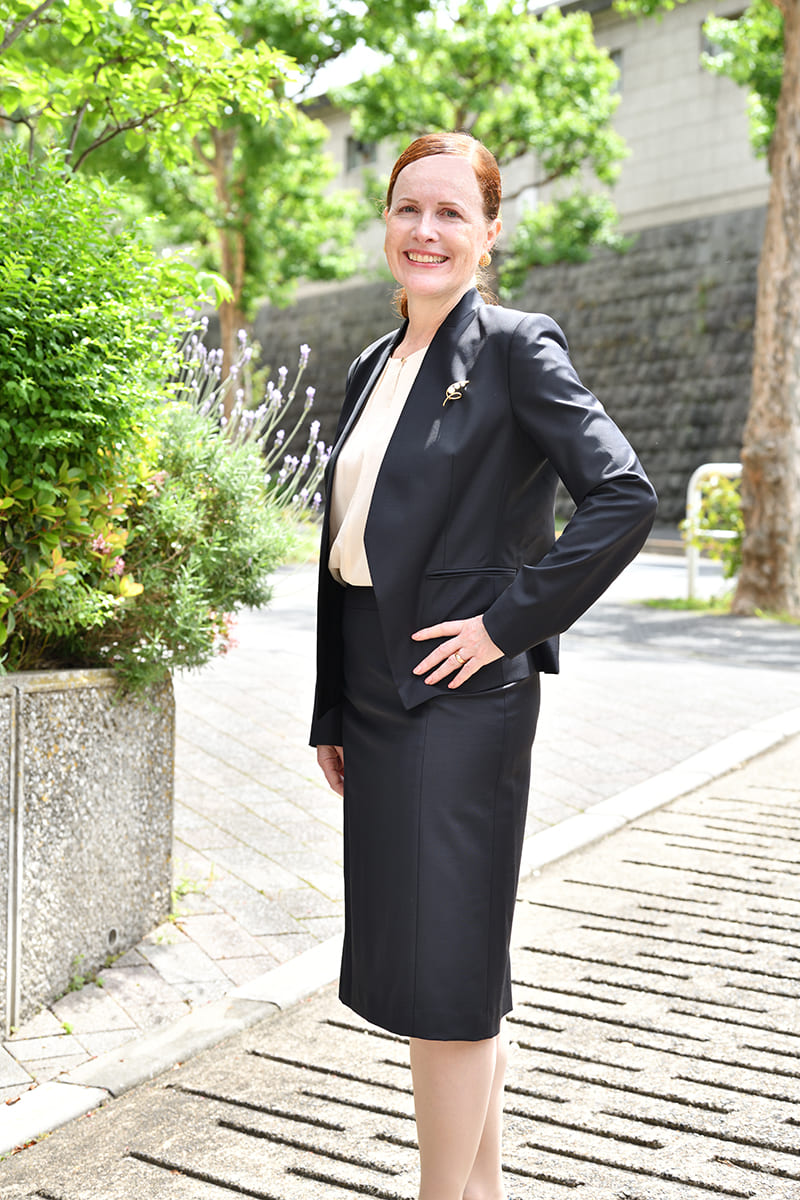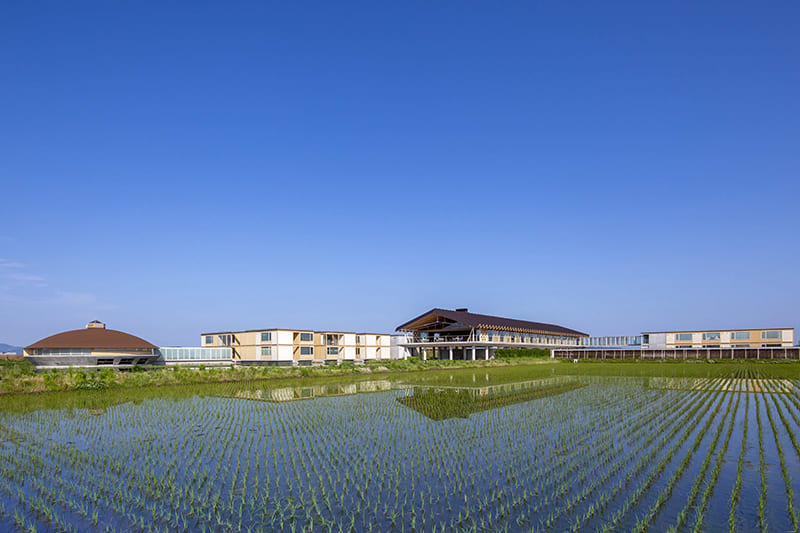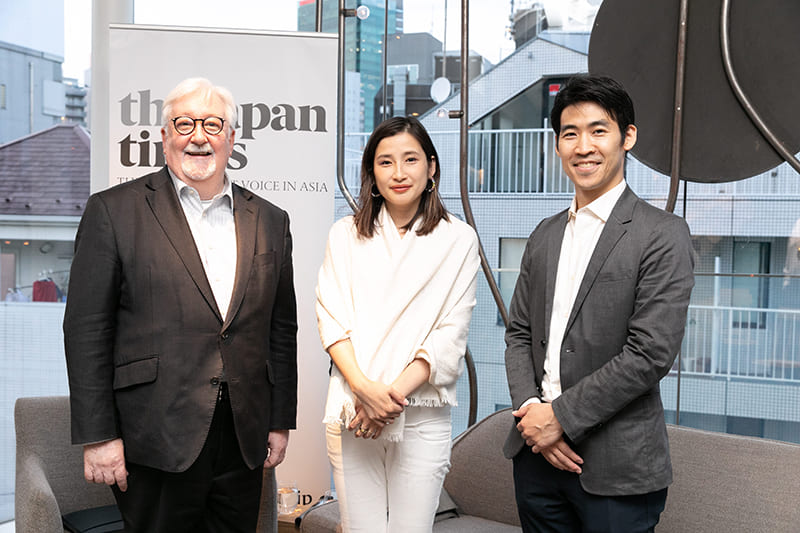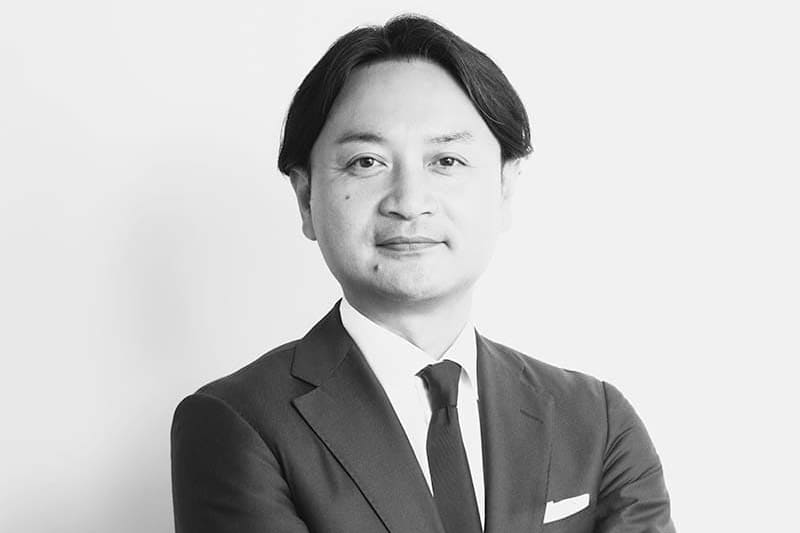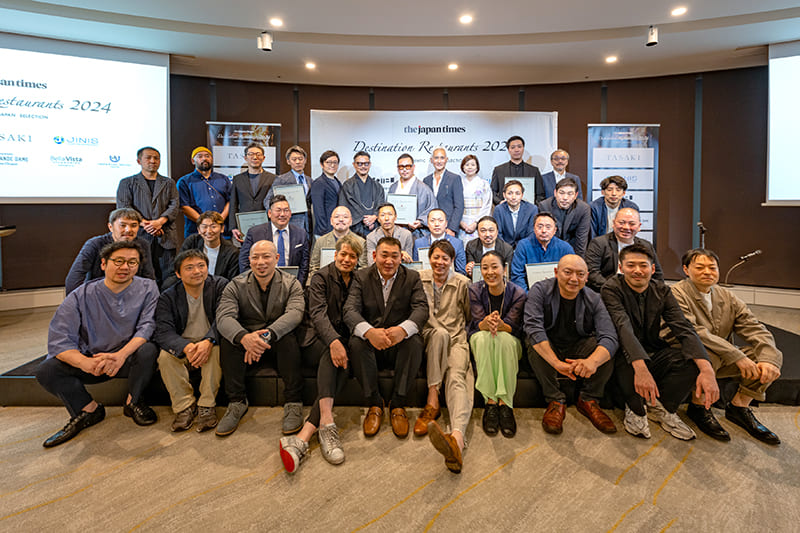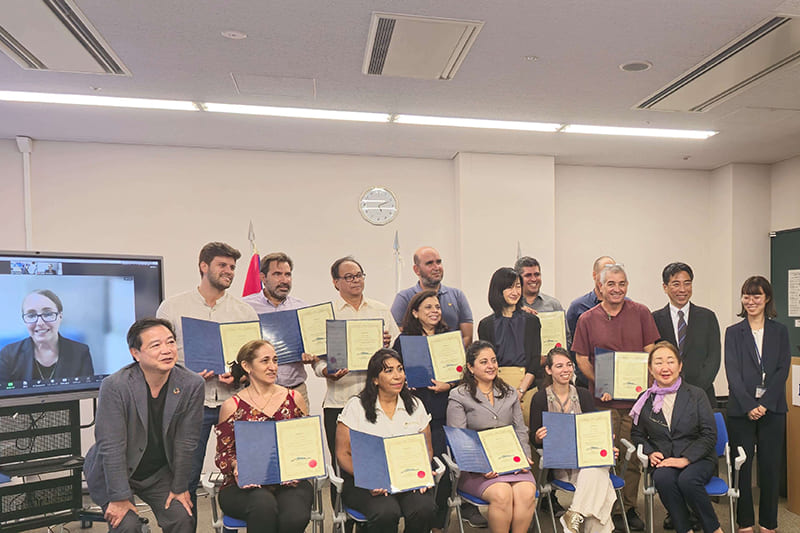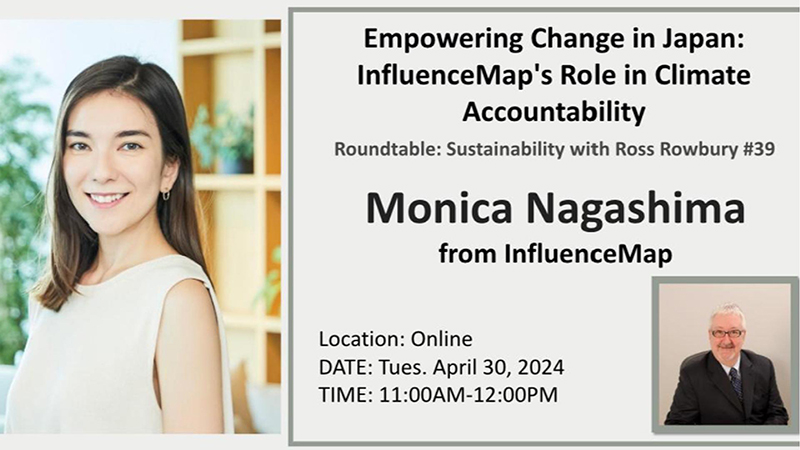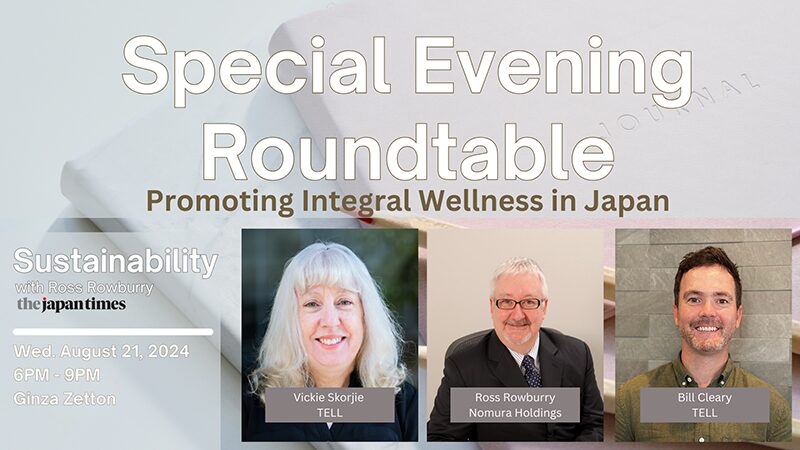April 01, 2024
International boarding schools open new horizons

Until recently, most Japanese parents didn’t consider boarding school as an option for their elementary-age children. However, times are changing. Several international boarding schools are offering a new style of education for children from 6 years of age, providing them with a strong foundation for success in an increasingly globalized world.
With several decades in teaching and administrative roles at some of the world’s leading boarding schools, Michael Rob Gray talked to The Japan Times about the benefits of boarding school and why more families are considering this path. Gray held the headship of Le Rosey in Switzerland from 2003 to 2019, and now brings this depth of experience to his role as adviser to Jinseki International School (JINIS), Japan’s first full-boarding school for children ages 6 to 12.
School with friends
Families in Japan might turn to domestic boarding schools when specific circumstances make it impossible for a child to attend a local school, such as geographical distance or parents moving around for work. In other cases, teenagers recruited by middle schools and high schools for their strengths in a certain sport might live in a dormitory with their team members. As Gray points out, however, these facilities are quite different from full residential international boarding schools.
As interest grows in global education, three international boarding schools for elementary-age children have opened around Japan: JINIS began welcoming students to its Hiroshima Prefecture campus in 2020, followed by two of the United Kingdom’s leading boarding schools: Harrow School opened a campus in Iwate Prefecture in 2022, and Rugby School Japan opened in Chiba Prefecture in 2023.
Gray has been coming to Japan on a regular basis for the past decade. In his capacity as head of Le Rosey, he traveled to meet families of Japanese students and those interested in enrolling. More recently, he has enjoyed interacting with students at JINIS and observing their progress.
Gray characterizes boarding school as “school with friends,” whereby the children are together not just in class, but also socially, for their sports and even when doing their homework. “For children attending a day school, for example, homework can be a lonely business, but children are surrounded by their friends at boarding school. It’s a seamless existence which can lead to very deep friendships,” he explained. Moreover, the boarding environment helps to foster adaptability and a greater acceptance of differences among others.
The best of both worlds
In the U.K., residential boarding schools for younger children are known as “preparatory” or “prep” schools because they prepare and support students aiming to enter a top private school later down the line. Graduates of JINIS, for example, go on to some of the world’s top boarding schools in the U.K., Switzerland, the USA and Australia.
Since most students at Japanese prep schools eventually go abroad for secondary school, it is imperative for them to gain confidence and proficiency in English. However, Gray says that building a firm academic foundation in Japanese is also of great importance. To this end, a six-year prep school in Japan, offering a Japanese curriculum taught by native teachers, is an ideal way to ensure that children develop skills in their mother tongue while living and studying in an international boarding situation.
The JINIS curriculum integrates the International Primary Curriculum (IPC) and the national Japanese curriculum guidelines, with some subjects taught in English and others in Japanese. Each class has both English- and Japanese-speaking teachers, who liaise closely with one another. Moreover, small class sizes ensure there is plenty of individual attention and that children can study at a level and pace commensurate with their level.
The IPC is a framework for learning, with a comprehensive curriculum that supports the holistic development of children of primary-school age. “Although the content we offer at JINIS is decided by the Japanese curriculum, the delivery may be related to the IPC. The way the children are taught in Japanese schools may be very different from that of English-speaking schools,” said Gray. “The IPC offers not only a different approach, but I think it shows children that there are alternative ways to learn, and to have a relationship with the teachers.”
One of the major reasons Japanese parents choose an international boarding school is so their children can learn how to thrive in other cultures. Yet in Gray’s experience of the Japanese youngsters he has encountered at boarding schools overseas, the majority eventually settle back in Japan after completing their education. To this end, being able to keep pace with Japanese reading and writing skills in their formative years is a clear advantage.
“You might think, ‘These children can speak Japanese with their families at home during the holidays.’ But if their knowledge of written Japanese and culture are not on par with other children, they will be at a disadvantage,” Gray observed. “Attending an international boarding school in Japan can offer children the best of both words in this sense.”
Family ties
One concern often raised about boarding schools, especially for younger children, is a lack of time spent with family. In what he calls “the paradox of boarding schools,” Gray explained that children and parents actually often become closer through the boarding school experience.
When children are living at home, hectic school days are typically full of parental directives to do this or do that. Moreover, Japanese parents are often kept busy organizing after-school care, enrichment classes and cram school for their offspring, sandwiching everything between work, dinner and bedtime. Gray pointed out that boarding schools can incorporate enrichment activities into the children’s school day in a seamless fashion.
“When children attend day school, you are always making demands on them, implicitly or explicitly. You’re also constantly underestimating their maturity and thinking that you know better,” he said. “But if they have been at boarding school and you’re seeing them after a period of a few months, you’ll notice that they have matured. It sounds counterintuitive, but in my experience, the relationship between children and parents often gets better!”
Technology has made it much easier for families to connect, too. Sitting down to dutifully write a weekly letter home was a time-honored tradition of boarding school life for hundreds of years, but times have changed. Students at JINIS, for example, chat with their parents by video link several times a week.
Siblings will often attend the same boarding school, building shared bonds. After seeing and hearing about how much their older brothers and sisters enjoy their school life, younger siblings are keen to follow suit. With single-child families increasing in Japan, Gray notes that such only children can also benefit greatly from a boarding school education, where they are surrounded by peers in a family-like setting.

A storied history
The documented use of the term “boarding school” in English dates back to 1665, but the concept of studying and living together with peers and teachers is much older. During India’s Vedic period (1500 to 800 B.C.), students stayed with their guru to study religious scripture. In the U.K., the practice of sending boys away to be educated in a group setting has existed for many centuries. At first these were religious schools taught by educated members of the clergy. Britain’s very oldest boarding school is probably The King’s School, Canterbury, which is thought to have been founded in 597 as a cathedral school to provide religious education.
While the majority of wealthy families continued to have their youngsters educated at home, secular boarding began to emerge toward the end of the Middle Ages. These schools catered for the sons of upper- and middle-class families who wanted their children to attend university and pursue a professional career. There was also a rise in so-called charity schools, offering education and board to sons of impoverished families, sponsored by the church or affluent benefactors.
The expansion of the British Empire, from the 18th century until the early 20th century, coincided with a rise in the popularity of boarding schools, becoming the stuff of literary legend in the process. They were seen as a way to improve a child’s prospects in life and a chance to mix with families from a higher socioeconomic group. Some families developed a strong relationship with a particular school, building a legacy to which succeeding generations could aspire. Boarding schools for girls have a much shorter history, but the number of schools for girls also expanded during this time as families sought new styles of education for their daughters.
While the quality of such establishments varied widely, certain key traits have become intertwined with the term “British boarding school:” austere conditions and strict discipline, and often little recourse for weaker students who were picked on by their peers. The term also carries some historical baggage as a place where parents could send their offspring for their own convenience.
Happily, things have changed greatly in recent decades, with what Gray refers to as a “sea change” in the philosophies and conditions at modern schools. These days, choosing to board can offer unrivaled opportunities for a world-class education and lifelong friendships while instilling traits such as independence, tolerance and self-confidence in children.
Preparing for the future
“Today’s boarding schools are very much focused on the child first and foremost, and are very sensitive to their needs,” Gray explained, noting that this starts even before enrollment. While acknowledging that it would be easy for schools to simply select children based on academic performance, Gray believes that the best boarding schools consider “the total child” and how to help each one flourish.
“With children of prep school age, there will be some for whom boarding school might not be the right choice,” he said. “But with the children who apply to JINIS, the families have generally thought about things very carefully. These are children who really want to come.”
Looking ahead, Gray believes that more Japanese parents will be turning to an international boarding school as an option for preparing their child for educational success. “I think parents here are seeing boarding school as a different way to get ahead, an alternative to cram school and constant studying for exams. They are seeing that the boarding style offers a different approach to learning.”
In closing, Gray sums up today’s boarding schools as a holistic experience, with the school and parents united in their efforts to ensure that children are both happy and successful. In turn, through interaction with peers and teachers from different backgrounds, children enhance their social skills and understanding of diversity, ready to take their place in our interconnected world.
